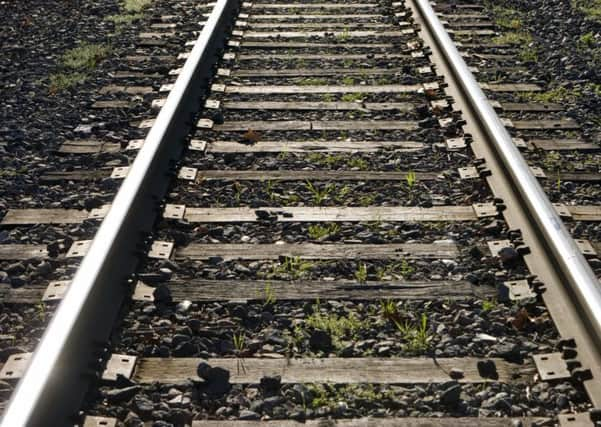Colne-Skipton rail line can’t come soon enough


I described “the train from hell”: “With a roar that might reflect its dinosaur status, the dilapidated train tumbled on to the branch line, then called at roughly a hundred stations as it lurched and groaned in an easterly direction. Most people would do anything to avoid this service, but not me, as I anticipated arriving home after so long away.”
I made that journey in 2001. Recently, I made another rail journey to Preston.
So what has changed? In a word: nothing.
Advertisement
Hide AdAdvertisement
Hide AdThe same seriously basic trains still bounce up and down the Colne branch line, offering the same slow, unattractive and unreliable services. And, more than a dozen years on, Pendle’s population is still doing almost anything to avoid those services. The figures speak for themselves:
Colne’s population is 19,000, yet in 2012/3 its rail station was used by just 92,000...with total passenger figures for the entire branch line being 425,000. And just 1% of Pendle’s population travels to work by rail.
Skipton’s population is 14,000, yet in 2012/3 its rail station was used by 945,000. Less than a dozen miles away from the struggling Colne branch, the Airedale line linking Skipton with Leeds is the transport of choice for 75% of commuters, making it the most heavily used commuter route outside the South-East of England. The line is also used by shoppers, students, cinema and theatre goers, tourists et al, and part of the nuts and bolts of society. Clearly showing how effective decent rail services can be, total passenger figures for the Airedale line exceed seven million.
Pendle loses out big time through lack of connectivity with major economic centres. To quote Harry Enfield’s Kevin: “It’s so unfair”.
Advertisement
Hide AdAdvertisement
Hide AdThat said, history reveals that branch lines the length and breadth of the country have traditionally seen clapped-out trains and poor services.
For more reasons than one, reopening of the Colne to Skipton rail line as part of a strategic route linking the North-West with Yorkshire and Humber cannot come soon enough.
Andy Shackleton